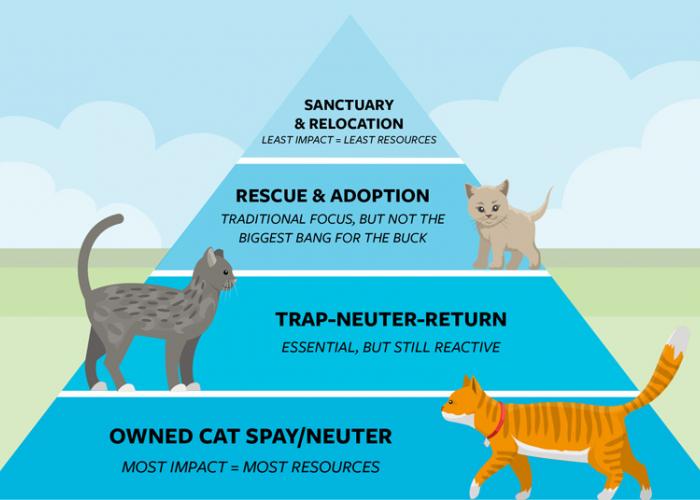Adopter handout: Separation anxiety
Download our adopter handout on how to prevent separation anxiety disorder during times of transition

Separation anxiety is a disorder that can result in a spectrum of behaviors like trembling, salivating, excessive vocalization, overgrooming, loss of bladder control, or even minor to major destruction of your home. It can be triggered during times of transition, such as moving from a busy foster home or shelter to a single-pet household.
“In really simple terms, separation anxiety is just the fear of being left alone and the unknown that follows,” says veterinarian Dr. Nellie Goetz. “Animals live in the here and now … so when you leave, as far as they know, you could be gone forever.”
Prevent or treat separation anxiety with the following tips:
Tire out your pet physically and mentally to reduce both boredom and anxiety. Take dogs on long walks, trying out new routes and allowing lots of sniffing, and then bring out puzzle toys or long-lasting goodies (such as a Kong toy stuffed with treats, which you can freeze beforehand to create more of a challenge, or a Frisbee smeared with peanut butter) before you leave. Cats will enjoy playtime before work and plenty of perches and cat trees. If it’s in the budget, doggy daycare or a dog walker, pet sitter or neighbor checking in midday can also help.
Establish a routine. Try your best to leave at the same time and come home at the same time, keeping your departures and returns as relaxed as possible to avoid reinforcing your pets’ anxiety with your own.
Play music or other soothing noise when you’re gone. For pets used to noise, music (one study showed dogs prefer reggae, and cats prefer classical) can help some pets’ anxiety but exacerbate others’, so if it’s not working after a week, try something else.
Try a smaller space that isn’t a crate. Crates can worsen separation anxiety in some dogs, but if you do need to confine your pet, pick the room where your pet is most comfortable and use a playpen, baby gate or closed door to block off the area. Confine your pet gradually, starting with just five minutes at a time, to gauge stress levels.
Reach out for help. Talk to your veterinarian about prescribing anti-anxiety medication to help reduce your pets’ anxiety baseline while you continue to try soothing techniques, or consider a certified professional dog trainer to help you neutralize anxiety triggers using positive-reinforcement training techniques. Ask your pets’ shelter or rescue if they can recommend or provide additional resources.
No one else will ever give you as much unqualified love and loyalty as your pet. Be patient, and you will be amply rewarded! For more tips on transitioning dogs to a new home, visit humaneworld.org/newdog.
Document







